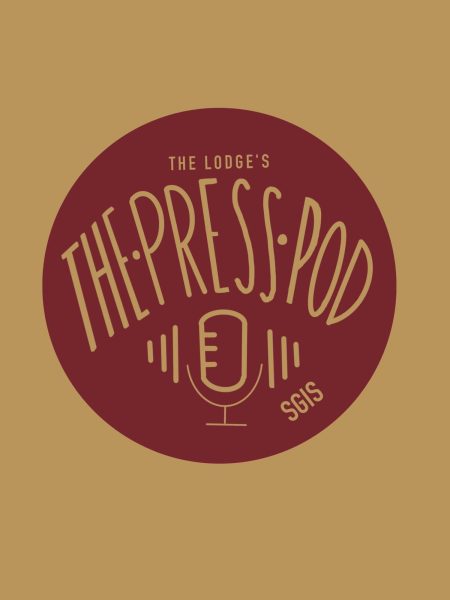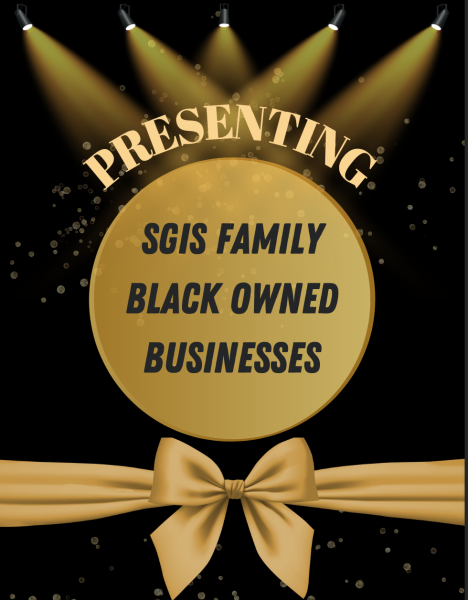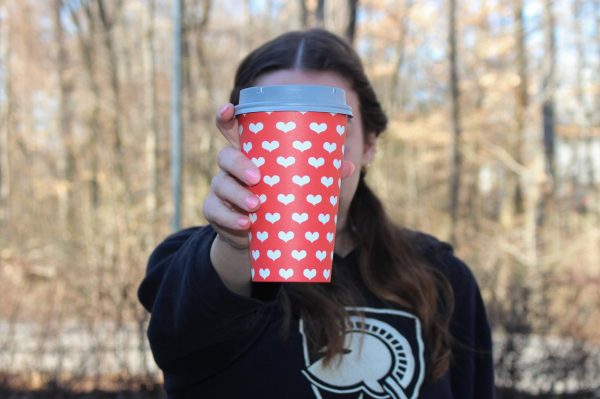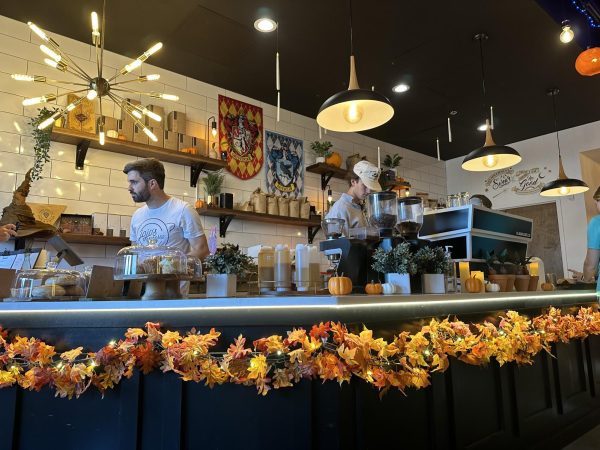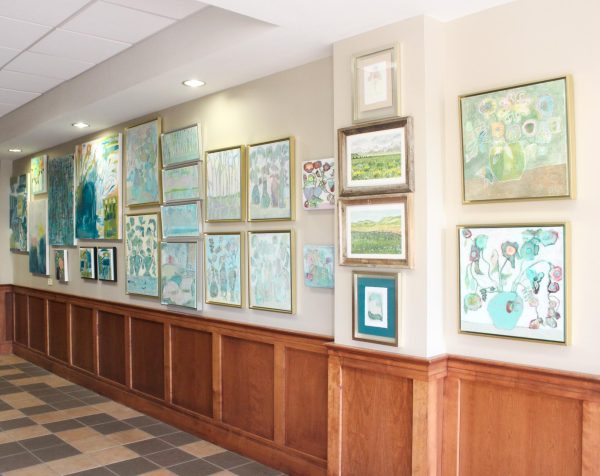The politics of Black identity
From cotton rows to corn rows
Photo: Katelyn Grisham
Wash, rinse, repeat. Condition, but make sure your choice of conditioner doesn’t contain any silicones because that’s a recipe for unhealthy buildup. Dry your hair with a cotton t-shirt (because, duh, everyone knows that towels are too rough for your coils). Then, spend at least 40 minutes detangling, but make sure to use a wide-toothed comb only, lest your locks fall victim to breakage and split ends.
Oil your scalp to avoid dryness and dandruff, preferably with a growth aid such as black castor oil, or maybe tea tree oil. Next, move on to moisturizing your hair, using a variety of things from (organic) coconut oil to Cantu twist cream and Shea Moisture raw shea moisturizer (just $12.99 at your local Walgreens). Don’t be afraid to use at least half the jar, because who cares how many times you have to go restock, right?
Spend a while separating and flat-twisting your hair, but make sure it’s still wet while you do. If necessary, use a spray bottle to re-dampen as needed. Next, use perm rods to curl the ends of your twists, or maybe stretch your hair out (because you so desperately want to show your hair’s true length). When you finish, spend an hour under the hair dryer.
Senior Essence Davis’s hair regimen, inclusive of all the steps mentioned above and more, can take up to four hours, but it does not always receive the amount of admiration that one would expect.
“In my experience as a Black woman having natural hair, instead of saying, ‘Hey, your hair looks nice,’ people always want to say something like a critique.” Davis said. “‘Why didn’t you straighten your hair? Why didn’t you do your hair today?’”
“Even though I could stay up all night doing a bomb twist out, I could still come to school and have somebody say, ‘I see the birds aren’t occupying the nest today,’” Davis said. “You know, something just uncalled for and unnecessary, especially if it comes from someone who has the same kind of hair growing out of their head.”
Davis’s experience is by no means unusual. In Black culture, hair has always been a pretty big deal.
Going back to many West African cultures, hair and the way it is styled has always been an expression of cultural and personal pride. The ornate braids, locs and bantu knots not only served as marks of honor, but also as protection for the kinky and coily patterns of Afro hair.
Hair was so important, in fact, that slave masters would often cut off slaves’ hair in order to humiliate them and assert dominance, or force slave women to cover their heads as a mark of their lower social status. In 18th-century Louisiana, slave women were forbidden to show their hair in public. They were required to cover their heads with scarves called tignons in a set of rules known as the Tignon Laws, and even then, they were accused of attempting to draw the attention of white men away from white women with the allure of their ornate head cloths.
Many African American women have chosen to change the texture of their hair in order to conform to the Eurocentric beauty standards they have been taught to aspire to. The first known example of this emerged during slavery, when, in response to the fact that lighter-skinned, straight-haired Blacks were treated more favorably, slaves straightened their hair using dangerous methods, including hot knives, lye and axle grease.
Later came straightening combs, flat irons, perms, and, eventually, the infamous hair weave. Although there are some women who choose to straighten their hair because it is easier for them, they like the way it looks, or because they want to give their natural hair a break, others still hold strong to ideas that their hair is not good enough. Many people still hold fast to the idea that Black hair is inherently “bad hair,” including non-Black people.
Last year, Malaika Maoh Eyo, a student at The Pretoria School for Girls in South Africa, helped to lead a protest against her school, which did not allow the Black students to wear their natural hair.
Tiana Parker, a student in the United States, was also asked to leave school because of her failure to adhere to the administration-ordained dress code, which banned hairstyles such as “dreadlocks, afros, mohawks, and other faddish styles.” Parker, who was 7 years old at the time, was asked to leave school for wearing her locs, due to the fact that school administration did not find them “presentable”and thought that it might distract from the school environment. Instead of conforming to this rule, her parents chose to dis-enroll Parker from the school, standing firm in their pride for their daughter and their heritage.
This type of criticism is not limited to Black women by any means. Even Black men, who are already generally perceived to be more aggressive and dangerous, are subject to discrimination based on their hair texture. Despite these factors, however, there are some who counter this idea of hair being a distraction with the idea that it is an expression of identity.
Sophomore Timber King said that he has experienced this in response to his choice to wear his hair in short locs.
“Everyone has their thing that characterizes them, and mine is my hair,” King said. “People look at my hair and they think it’s bad. People think it’s thuggish. They’re scared of me. But with my hair, I don’t really care what other people think. I just do it to express myself.”
Although King resists changing the way he expresses himself, he does not doubt that it will be an issue in the future as he enters higher education and the work force.
“I don’t think my hair is long enough to be a problem yet, but if it is a problem, and I feel like [eventually] it will be, I’ll still do what I want,” King said. “No one will tell me to cut my hair.”
Although some people respond to these challenges with confidence, some microaggressions can have a profound effect on self esteem and self image.
“When people ask how much I wash my hair and I reply ‘once a week,’ they say ‘that’s nasty’ or ‘that’s gross,’” Davis said. “The lovely thing about being in the St. George’s environment that we’re in is that we’re supposed to be a community that is inclusive and ready to accept new perspectives and new cultures, but sadly, sometimes the way we go about accepting those cultures can be a little offensive to the minorities.”
Even within the Black community, there is much debate about what constitutes as “good hair.”
“The difference [between nappy and natural hair] is that nappy means you just don’t have good hair. Natural means that you don’t have any chemicals in your hair,” junior Braylyn Little said. “People perceive [good hair] as curly, you know, that mixed type of hair, but there’s not really a set thing that is good hair or bad hair. It’s a personal opinion, but people perceive it as people with curly-textured hair.”
Although other races might have insecurities about how their hair looks, they are fundamentally different concerns than those that are caused by the world’s ingrained anti-Blackness.
“I don’t like my hair. I think it’s boring,” senior Mimi McCarroll said. Although McCarroll agrees that she has concerns about her straight brown locks, they do not disrupt her school experience or cause anyone to assume anything about her beliefs.
“I usually don’t do anything over the top with [my hair], but maybe if I did it a certain way, people would think something about me. But not in its natural state. My mom thinks that I need to get highlights, but I don’t want to. [I get criticism] from my mom, but not from anyone at school, like teachers,” McCarroll said.
After years of being exposed to a culture that praises proximity to whiteness, paired with the rest of the world’s learned aversion to Blackness, it is no small feat for Black people to respond to criticism about their natural hair with defiant self love. However, it is not uncommon for an assertion of Black identity to be politicized as a display of militancy, often without any real concern as to whether or not this is true. The suppression of Black identity, for fear that it is symptomatic of some underlying seed of rebellion, is something that is by no means new.
“Me expressing what’s naturally mine and what I think is beautiful is always [seen as] me criticizing somebody else’s culture. [If I] come in with my Afro, [then it’s] ‘Black Panther, this. White-person-hater, that.’ It just can’t be ‘I love myself,’ it has to be, ‘I hate everybody else,’” Davis said.
Granted, sometimes these assertions of identity are acts of defiance. Because Black people live in a cultural environment that undermines their self esteem, embracing their naturalness is a bold choice within itself.
For Black people who abandon their natural hair to adopt white standards in the name of assimilation, this act is one of self-defense. Identity that is diluted is somehow less intimidating, and the less intimidating Black people are, the more that they feel safe from attack. Internalized racism and self-hatred does not dissolve without effort. It has a way of metastasizing, of infiltrating and infecting every part of one’s self esteem.
To defy this notion is to take one’s identity back into their own hands. It is to take pride in the aspects of oneself which have been pegged as undesirable, to invalidate any labels and assumptions with unabashed dignity.
“If I am able to wear my natural hair, everyone else should be able to wear their natural hair, too. I think God gave everyone the hair that they’re supposed to have, and the fact that they’re saying ‘no, you can’t do that’ is basically saying what God gave you isn’t how it’s supposed to be,” McCarroll said. “ No one else should be able to tell you how to wear your hair, unless they want to do it for you every morning.”



